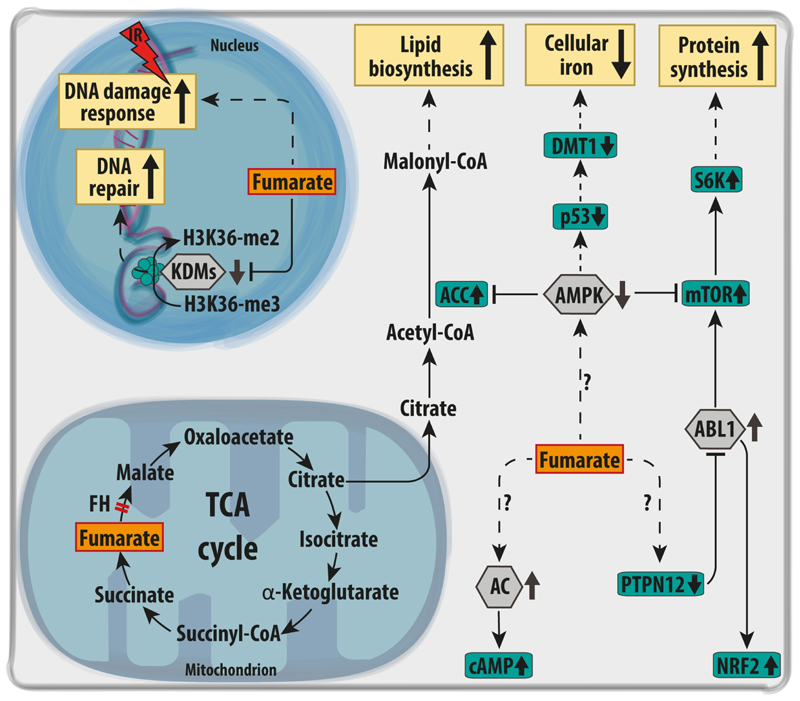Figure 5. Other molecular cascades affected by FH loss.
Upon FH loss, distinct signalling nodes have been found dysregulated (grey hexagons), and to activate key downstream proteins (green rectangles). For instance, the oxidation and inactivation of the protein phosphatase PTPN12 activates the kinase ABL1, which in turn activates mTOR and NRF2. The activation of mTOR is key to increase general protein synthesis via the phosphorylation of S6K. In parallel, AMPK is suppressed in FH-deficient cells, further activating mTOR and Acetyl CoA carboxylase (ACC), thus promoting lipid biosynthesis. The inactivation of AMPK also leads to the p53-dependent suppression of the iron transporter DMT1, decreasing iron uptake and reducing of the free iron pool. FH deficient cells were shown to depend on the activity of a set of Adenylate Cyclases (AC), which increase the total pool of cyclic AMP (cAMP) in the cells. Finally, the accumulation of fumarate increases resistance to DNA damage by ionising radiations (IR) and favours non-homologous end-joining upon DNA damage, via inhibition of KDM6, a key histone demethylase implicated in chromatin unfolding for DNA repair. ABL1= Abelson murine leukaemia viral oncogene homolog 1; DMT1= Divalent metal transporter 1; H3K36-me2= dimethylated arginine 36 on Histone H3; H3K36-3me= trimethylated H3K36; KDMs=Lysine Demethylases; mTOR= mechanistic target of rapamycin; p53= tumour suppressor protein 53; AMPK= AMP-activated protein kinase; PTPN12=Tyrosine-protein phosphatase non-receptor type 12; S6K= S6 ribosomal protein kinase.

